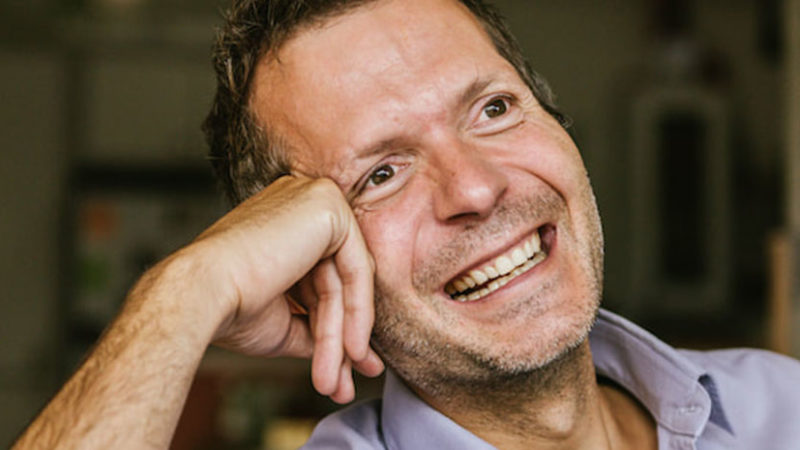Susan Kaiser Greenland: Nothing Is More Important Than...
Susan Kaiser Greenland is an author, meditation teacher, and the founder of the Inner Kids Foundation, which is devoted to bringing the lessons of mindfulness to children. Her books include The Mindful Child and Mindful Games. With Sounds True, Susan has created Mindful Parent, Mindful Child, a 30-day training program for integrating mindfulness into your family’s everyday life. In this episode of Insights at the Edge, Tami Simon speaks with Susan about her efforts to fold mindfulness into basic childhood education, as well as how she came to this work after 20 years as a corporate lawyer. Susan outlines some of the practices that are ideal for children and why parents should have their own mindfulness routine. Susan and Tami discuss mindfulness-based games and the steps to making common practices (such as a body scan) more fun and engaging. Finally, they consider how to balance the ideal of non-striving with motivated work, as well as what the future of children’s mindfulness education might look like. (62 minutes)


